Introduction to Epoxy for Metal Repair
Epoxy for metal repair are designed to effectively fix a variety of metal parts, components, and surfaces such as aluminum, brass, and steel. Comprising a resin mixed with a hardener, this epoxy forms a durable compound upon curing, capable of addressing metal surfaces, holes, cracks, shafts, live leaks, and even pipe repairs, commonly used as a pipe leak sealer.
In this blog post, we will explore the advantages and applications of metal epoxy, highlighting their distinctiveness from conventional metal adhesives.
Benefits of Metal Epoxy
Metal epoxy offer several advantages that make them ideal for repairing metal products, whether for marine, industrial, or general purposes:
Durability: Renowned for their ability to withstand extreme temperatures, harsh weather conditions, and heavy loads.
Versatility: Suitable for use on various metal surfaces including aluminum, brass, and steel, some variants allow for machining back to OEM tolerances.
Ease of Use: Simple to mix and apply, offering a convenient repair solution for achieving strong metal bonds.
Cost-Effectiveness: Provides value by enabling repairs instead of costly replacements, effectively addressing issues like pitting and corrosion.
Applications of Metal Epoxy
Metal epoxy are versatile solutions for restoring a wide range of metal items and surfaces, including:
Cracks: Filling and restoring cracks and holes to their original integrity.
Corrosion: Repairing and preventing corrosion on metal surfaces.
Wear and Tear: Rehabilitating worn-down metal surfaces due to extensive use.
Broken Parts: Mending broken machine parts, automotive components, and other industrial mechanical elements.
How to Use Metal Epoxy
Repairing metal surfaces with metal epoxy involves straightforward steps:
Surface Preparation: Ensure the metal surface is clean, free from dirt, oil, and rust before application.
Epoxy Mixing: Follow manufacturer instructions to mix resin and hardener thoroughly.
Application: Use a spatula or putty knife to apply the epoxy evenly over the damaged area.
Curing: Allow the epoxy to cure for the recommended duration, typically around 24 hours.
Finishing: Once cured, sand the surface to achieve a smooth finish and apply paint if needed to match the surrounding area.
Always refer to the manufacturer's Technical Data Sheets and Safety Data Sheets for specific instructions and safety precautions before use, as these can vary between products.
Conclusion
Metal epoxy are highly versatile, durable, and cost-effective solutions for restoring the strength and functionality of metal components and surfaces. Whether addressing cracks, corrosion, wear, or broken parts, these epoxies offer reliable repairs when used correctly. By adhering to manufacturer guidelines, users can achieve optimal results and ensure long-lasting repairs with metal epoxy.

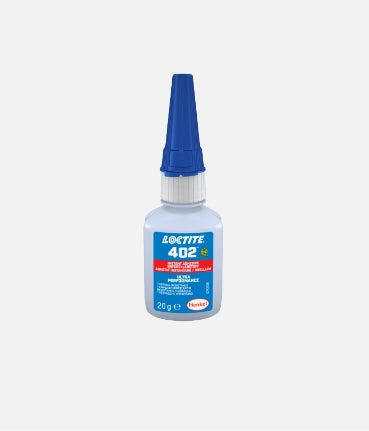
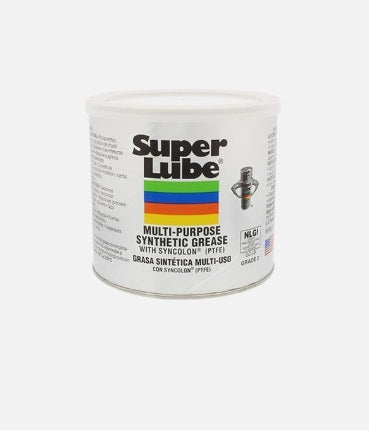
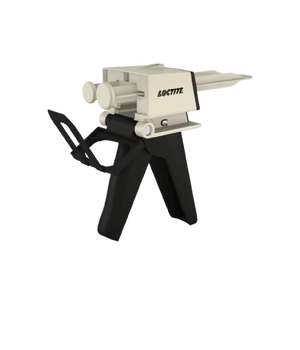
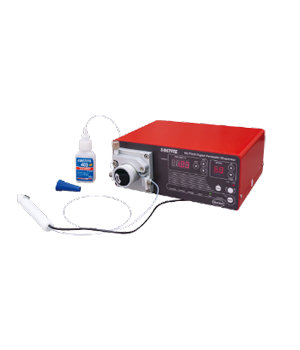
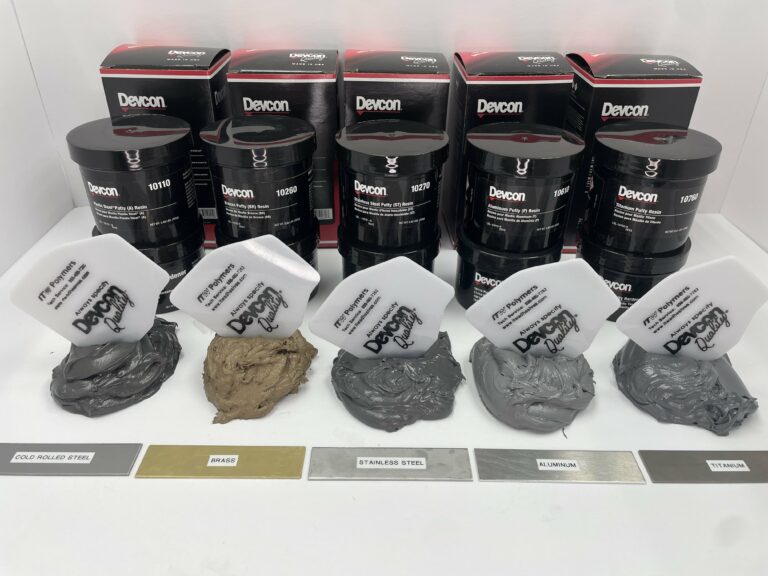

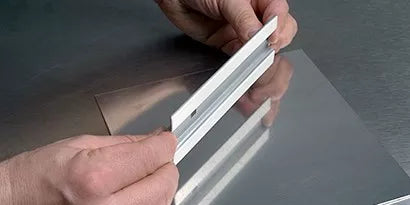
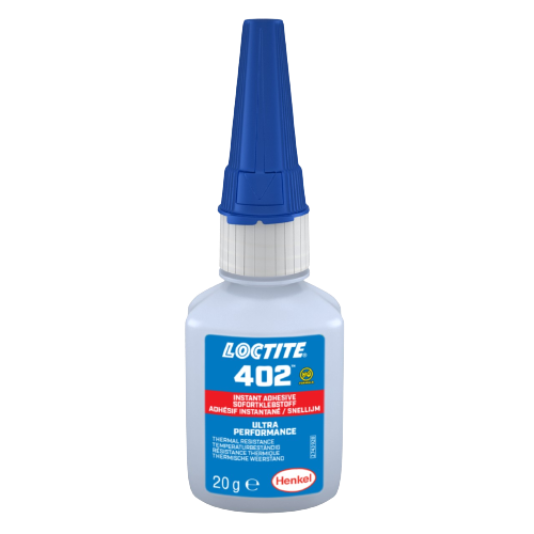
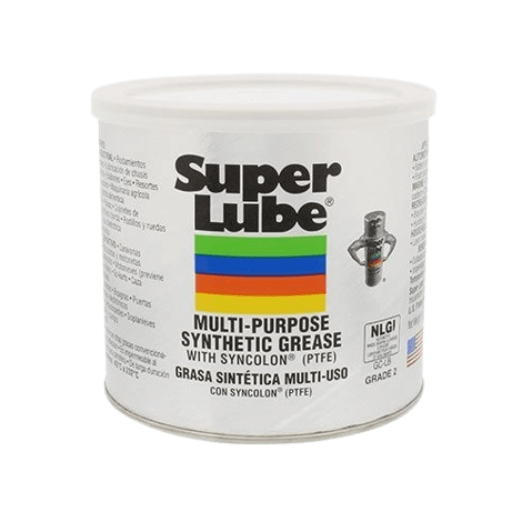
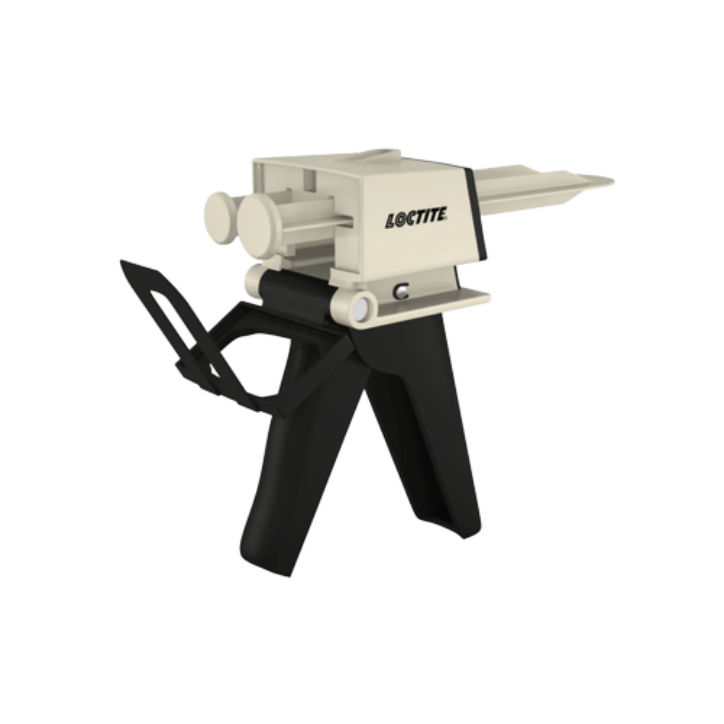
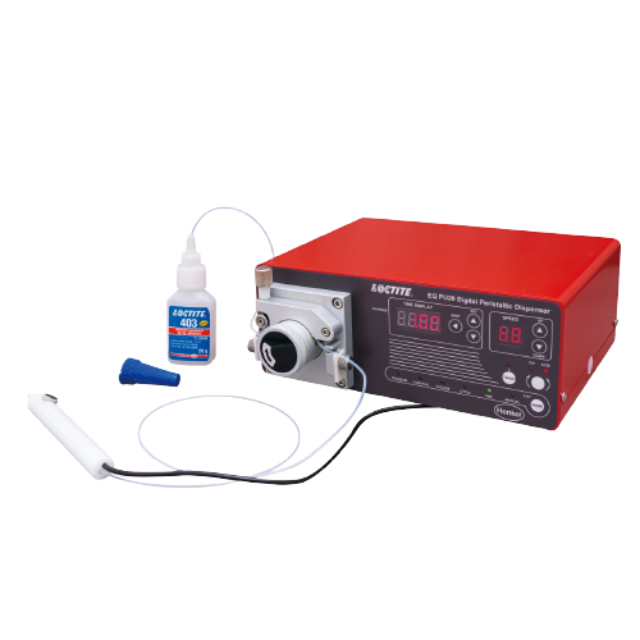
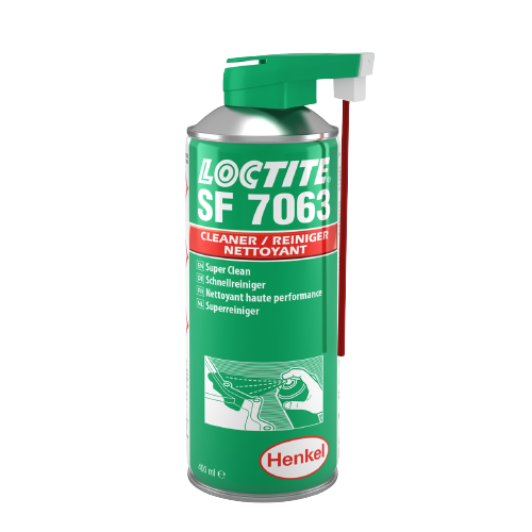
Leave a comment
All comments are moderated before being published.
This site is protected by reCAPTCHA and the Google Privacy Policy and Terms of Service apply.